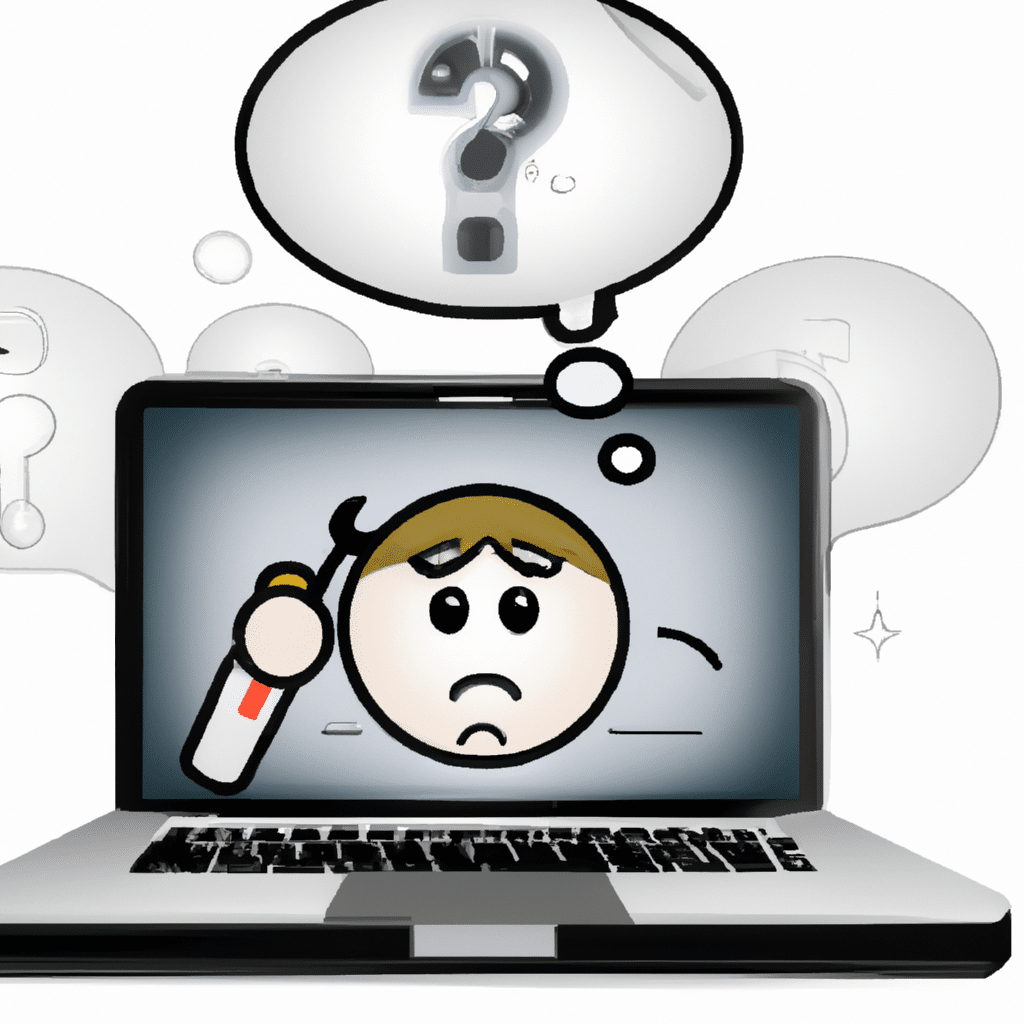Are you facing startup issues on your Mac OS? Does your Mac take too long to start up, or does it not start up at all? Startup issues on Mac can be frustrating and can negatively impact your productivity. However, you don’t have to worry as we have got you covered. In this article, we will guide you on how to fix startup issues on your Mac OS.

Check Your Power Source
The first thing you need to do is to ensure that your Mac is receiving power. If your Mac doesn’t start up, it could be due to a power issue. Check if your Mac is properly plugged into a power source. If your Mac is plugged in, check if the power outlet is working. You can try plugging in another device to see if it works. If the power outlet is working, try using a different power cord or adapter. If none of these solutions work, you may need to take your Mac to an authorized service center.
Check Your Peripherals
Sometimes, peripheral devices such as external hard drives or printers can cause startup issues on your Mac. If your Mac is not starting up, try disconnecting all peripherals except for your keyboard and mouse. Then try starting up your Mac again. If your Mac starts up, it means that one of the peripherals is causing the issue. You can reconnect them one by one to identify the problematic device.
Reset Your PRAM/NVRAM
PRAM (Parameter Random Access Memory) and NVRAM (Non-Volatile Random Access Memory) are small amounts of memory that store settings that your Mac uses. If these settings are corrupted, it can cause startup issues on your Mac. To reset your PRAM/NVRAM, restart your Mac and hold down the Command + Option + P + R keys until you hear the startup chime twice. Then release the keys and let your Mac start up normally. Your PRAM/NVRAM should now be reset.
Boot in Safe Mode
Safe Mode is a diagnostic mode that starts your Mac with only the minimum required software. It can help you identify and troubleshoot issues that are causing startup problems. To boot in Safe Mode, restart your Mac and hold down the Shift key until the Apple logo appears. Then release the Shift key and let your Mac start up in Safe Mode. If your Mac starts up successfully in Safe Mode, it means that a third-party software or startup item is causing the issue. You can then uninstall or disable the problematic software or startup item.
Disk Utility
Disk Utility is a built-in tool in Mac OS that allows you to repair disk errors and permissions. If your Mac is not starting up, it could be due to disk errors. To fix disk errors, you can use Disk Utility. To access Disk Utility, restart your Mac and hold down the Command + R keys until the Apple logo appears. Then release the keys and let your Mac start up in Recovery Mode. From there, you can select Disk Utility and run First Aid to repair disk errors.
Reinstall Mac OS
If none of the above solutions work, you may need to reinstall Mac OS. Reinstalling Mac OS can fix most software-related issues that are causing startup problems. To reinstall Mac OS, restart your Mac and hold down the Command + R keys until the Apple logo appears. Then release the keys and let your Mac start up in Recovery Mode. From there, you can select Reinstall Mac OS and follow the on-screen instructions.
Conclusion
Startup issues on your Mac can be frustrating, but they can be resolved with the right troubleshooting steps. In this article, we have covered the most common solutions to fix startup issues on your Mac OS. If you are still facing issues, it’s best to take your Mac to an authorized service center. Remember to always backup your important files before attempting any troubleshooting steps. We hope this article has been helpful in resolving your startup issues on your Mac OS.












